- Home
- Secrets of Venice
- Castello
Join A Secret Italy
You come to Italy thinking it will be a trip. You leave knowing it was a beginning
Castello in Venice Italy
Castello in Venice is a getaway from the theme park feel of St. Mark's Square and the crowds of tourists.
In some ways, it has the feel of small-town Italy, with elderly ladies gossiping in the squares and kids playing in the lanes. This is the real Venice.
An Affordable Place to Stay in Venice
Castello is a very good choice when it comes to looking for somewhere to stay in Venice. It is not far from all the main sights of Venice but is a world away from the inflated prices and shoulder-to-shoulder crowds elsewhere.
So, where should you stay in Castello? The first choice must be The Venice Metropole Hotel. Fabulous indeed, if you want superb service, superior accommodation, and a location that would be very difficult to beat.
The Metropole is a little expensive, though, so if you'd prefer something a little more affordable, try these hotels.
Exploring Castello
Castello is the area to the left of St. Mark's Square as you stand looking out at the water. It varies considerably in character, getting more touristy and affluent the closer you get to Saint Marks Square.
Going the other way, the further you go east, the less touristy and more authentically Venetian the area appears. If you get lost, visit our maps of Venice Italy page.
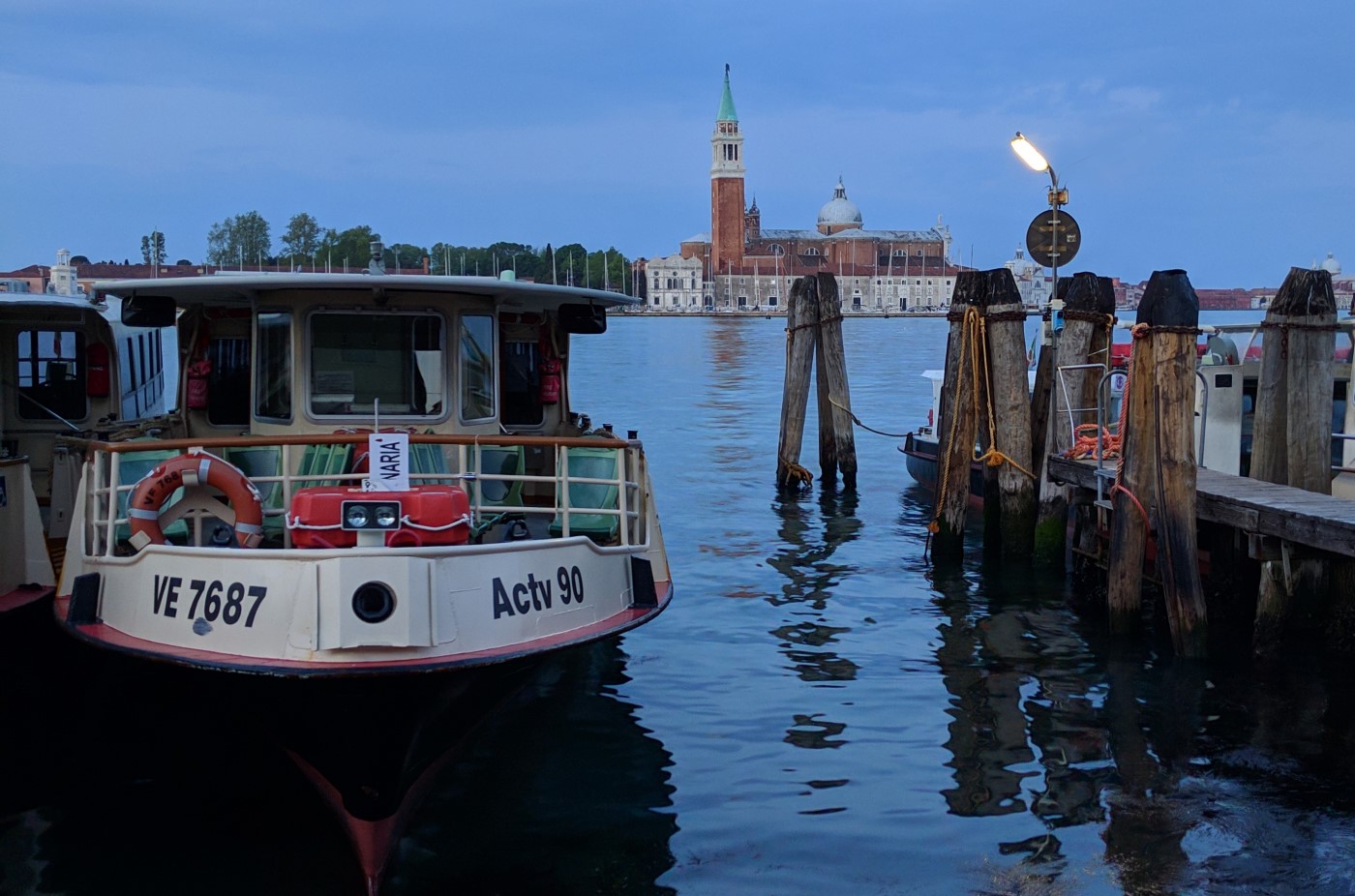
The eastern waterfront, as you wander deep into Castello heading away from San Marco, offers lovely views across to the island of San Giorgio. The best time to visit the waterfront is early in the morning, when there are fewer people about and the light is crystal clear.
Castello is famous for its Arsenal (Arsenale). This is the original armory and naval dockyard of Venice.
My English father-in-law, an Arsenal supporter (football/soccer team), told me once that the word originates here. I don’t know how true that is, though.
Castello has lovely parks too, some of the best parks in all of Venice; my parks section mentions a few of these. In Castello too are the Giardini della Biennale, home to the renowned Venice Biennale art exhibition. During the Biennale period (mid-spring to mid-autumn), you can admire the artworks on display throughout the gardens. Some are amazing. Many look like a lot of rubbish to me.
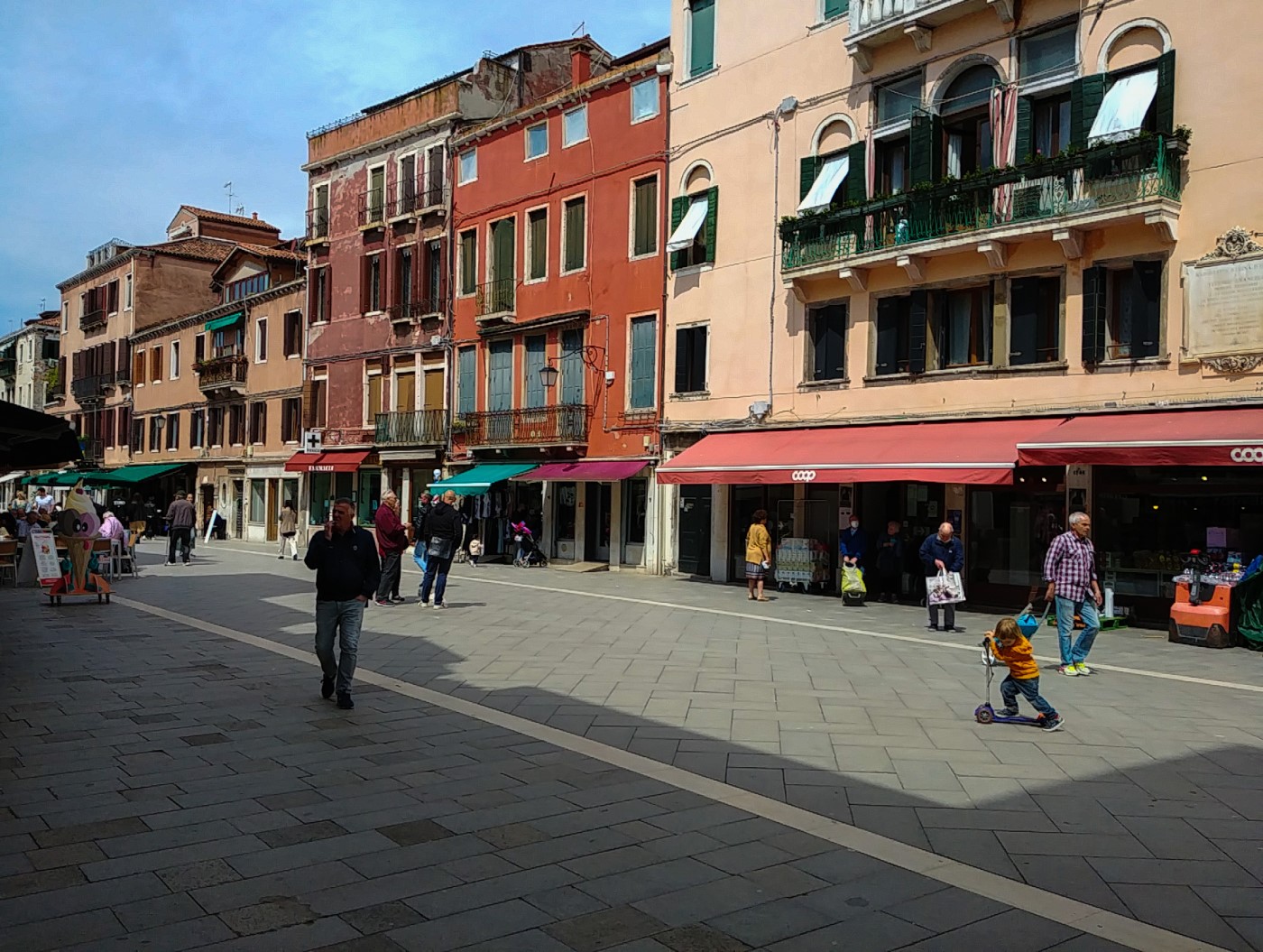 Via Garibaldi
Via Garibaldi
Do take a stroll up Via Garibaldi, which is one of the few wide avenues that Venice has. This seemingly endless thoroughfare, also known as the "Giardini," offers a unique perspective of the city that's far removed from the iconic canals and gondolas.
Here, centuries-old architecture coexists harmoniously with modern boutiques, cafes, and lively local markets. It's a place where you can savor the genuine Venetian way of life and escape the bustling tourist areas. Here children play in quaint squares and elderly neighbors exchange pleasantries from their balconies. The ambiance is palpable, and it's a haven of tranquility in a city often overrun by visitors.
Nearby, you'll find one of my favorite restaurants in Venice; it's the Trattoria dai Tosi and you'll find details about it in my Venice Restaurant Guide.
The Greek Community
Eastern Castello was home to one of Europe’s most important Greek communities.
According to expert Greek sources and a Greek restaurant owner friend of mine who seems to know everything that has to do with Greek communities everywhere, this community was instrumental in the Byzantine architectural style to be found throughout Venice and had a major influence on Venetian intellectual life.
Many of the Greeks who moved to Venice came from the Dalmatian coast of Yugoslavia (once a Greek colony) and they were given the name Schiavoni. You will find many places named after them—the most famous perhaps being the Riva degli Schiavoni.
The center point of the Greek community was San Giorgio dei Greci. This 16th-century church includes some superb mosaics and a 14th-century Byzantine icon, Blessing Christ, which is of major significance. The church is the most important Greek church to be found outside of Greece or Turkey.
Other Sights
San Giorgio degli Schiavoni
The ancient school of the Greek Dalmatian community, the building contains a series of nine masterpieces by Vittore Carpaccio, featuring Saint George, Saint Jerome, and Saint Augustine.
San Francesco della Vigna
Together with Santa Maria Gloriosa dei Frari, this is the second of the two Franciscan churches located in Venice.
It is a lovely 16th-century church in simple Franciscan style, but personally I prefer Santa Maria Gloriosa dei Frari. The church houses some beautiful artwork by Battista Franco and Francesco Fontebasso.
My personal favorite is the touching painting of the Madonna and Child by Antonio da Negroponte.
Venice's Red Light District?
A lot of people will tell you that the building above, Palazzo Tetta, was, in centuries past, the center of Venice's red-light district.
It wasn't. Despite nearly every website about Venice now spreading this fake story :-(
The name, Tetta, means "breast" in Italian, but, in this case, it is actually the name of a noble family who once lived in this building.
And what a magnificent building it is!
Almost like a ship's prow cutting through the waters, unique in that it is the only building in all of Venice to be surrounded on three sides by water.
It is just around the corner from the Acqua Alta bookstore, which we write about further down the page. You can see the entrance to the bookstore along the canal to the right of the photo. It is where the flag and boat are.
To get the best view of Palazzo Tetta, the one in the photo, head onto Ponte dei Conzafelzi. It was the setting for the big fight scene in the Mission Impossible 7 movie. The scene, watch it below, captures beautifully the mystery and haunted beauty of a misty winter's evening in Venice.
Venice’s Naval Museum
Near the Arsenale, this museum should be visited by anyone who wants to understand fully the history of Venice, Italy. For Venice as a trading city, being built on water was vital to its success, and this museum provides interesting insights. The gondola display is the best part.
Santi Giovanni e Paolo (San Zanipolo)
A big church built in the 15th century. Very big and very impressive. Definitely well worth visiting.
Campo Santi Giovanni e Paolo
This is the square in which the previously mentioned church is to be found.
Second only to Piazza San Marco, it is a lively and pleasant place and the atmosphere is very different from St. Mark's—less commercialized and more authentic and charming.
The 15th-century Scuola Grande that faces onto the square has one of the loveliest facades in all of Venice and that is indeed something when you consider the competition.
Acqua Alta Bookstore
Time to enter another world! The moment you walk through the door into this fantastical bookstore, it is straight into Wonderland that you go. One of the must-see sights of Castello. Read more about it here.
Santa Maria Formosa
Situated in a busy and rather pleasant piazza (campo), this 15th-century church is nice enough but nothing special.
What else?
A number of other sights are worth seeing while you are in Castello. These include San Zaccaria, which has some great artworks by Bellini and the La Pieta church on the Riva degli Schiavoni; this was the church where Vivaldi was once choir master.
Don't miss a visit to the lovely little island of San Pietro di Castello. Here's why you must visit and why you need to visit during the last week of June.
Please Book with Us... Maria here, if you enjoy my site I'd love your support.
Simply book your next trip anywhere (not only to Italy) via the link below or with any of the hotel links on the website.
You'll get the best deal available and the income I receive helps me to remain independent and to keep bringing you more of beautiful Italy.
More Travel Tips:
- Book your tickets to museums and other attractions in advance on Tiqets.com
- Book your accommodation. Booking.com and Agoda help you to book accommodation in advance
- Book your excursions. Wherever you go, make the most of your time! Excursions with professional guides will help you do this - choose a location and the best option for yourself on Viator or Getyourguide
- Book your car. At least a month before is best. Use Discover Car Hire.
- Cash Back on Flights: Great deals & money back with WayAway
- Get peace of mind when traveling. Get insured with VisitorsCoverage.com
- Home
- Secrets of Venice
- Castello
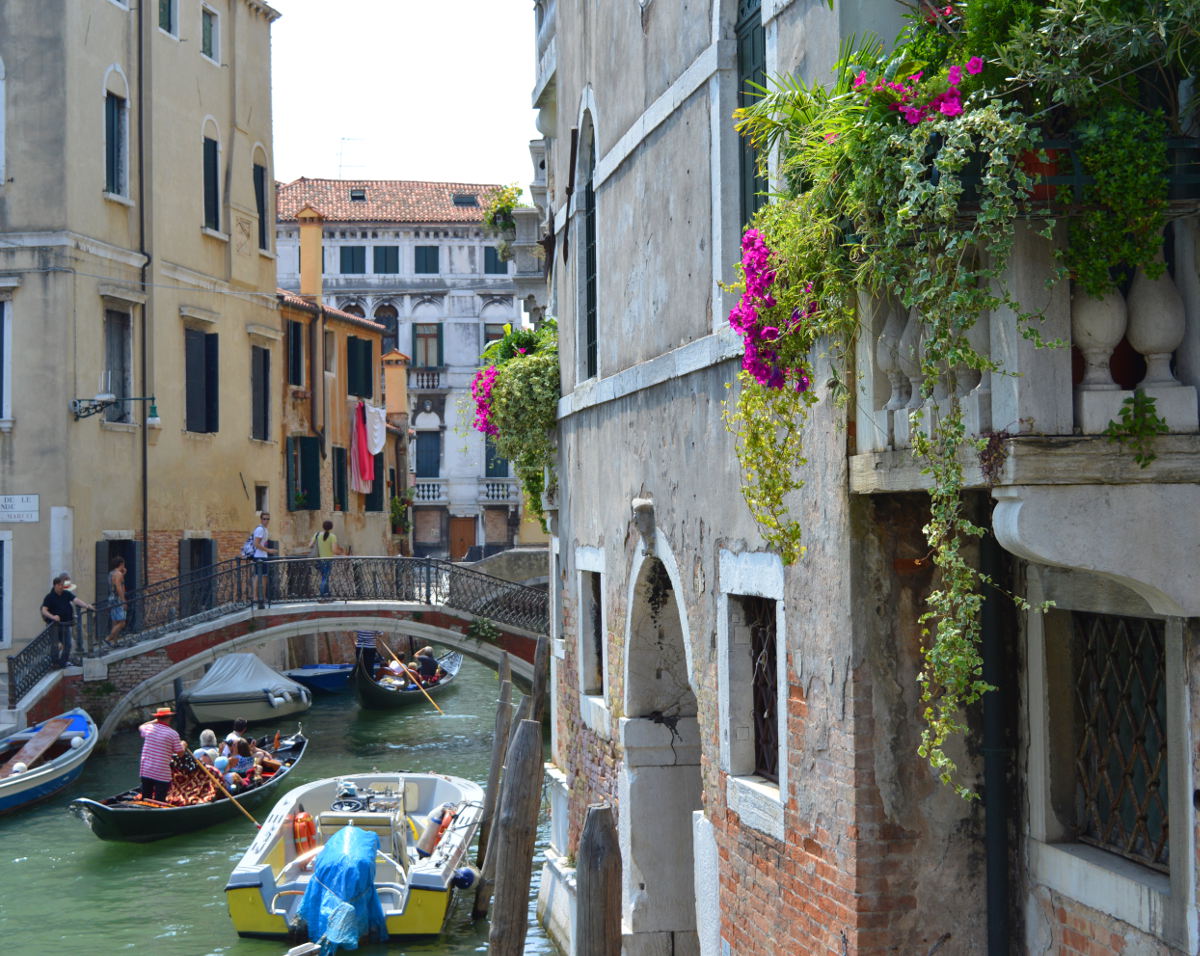
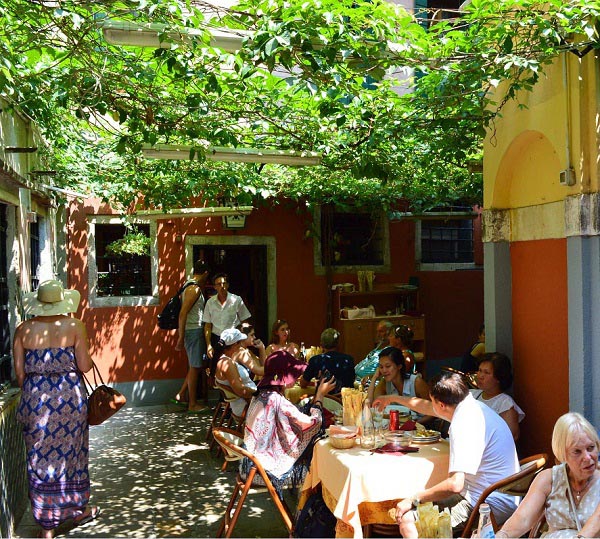
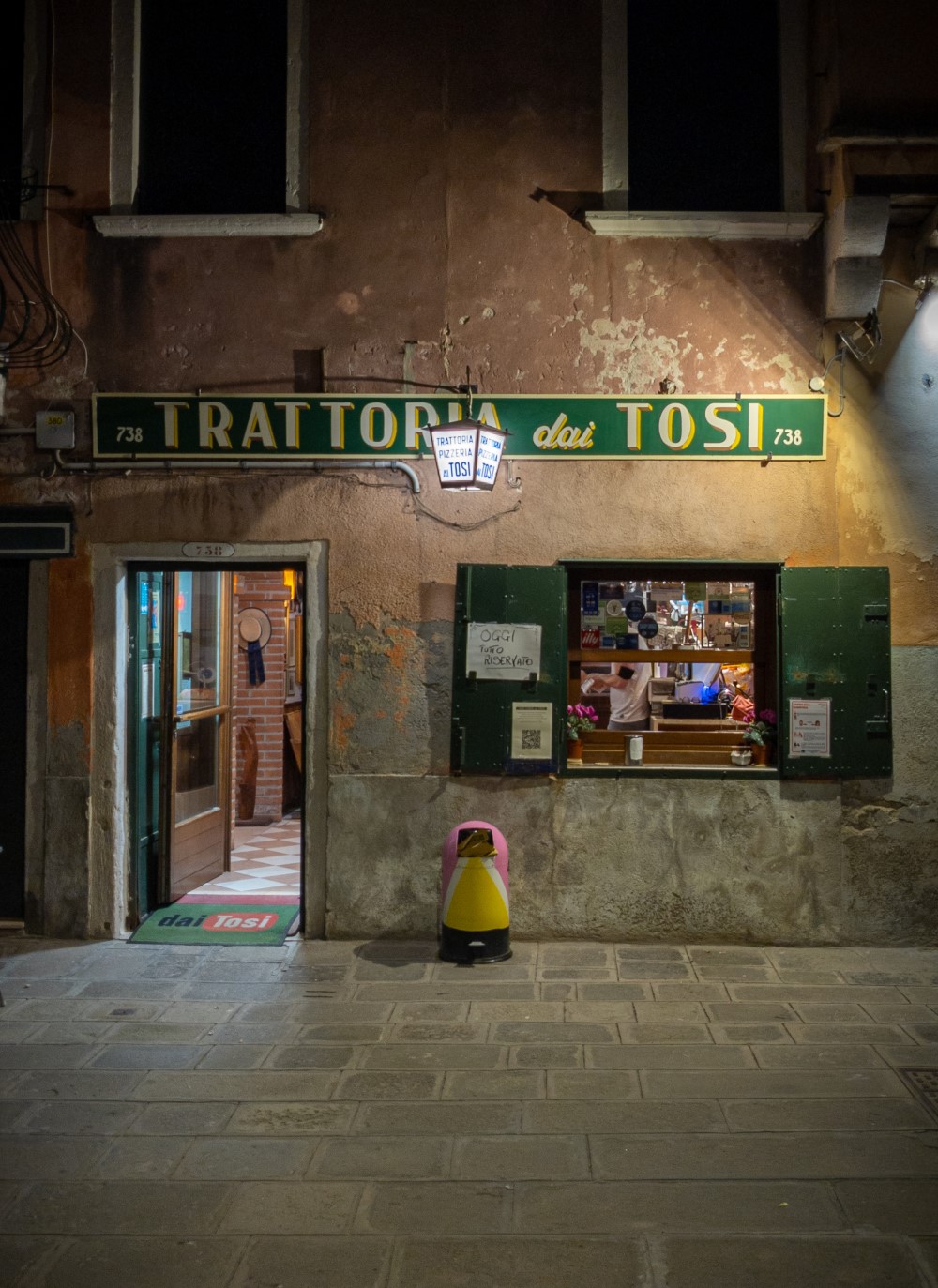
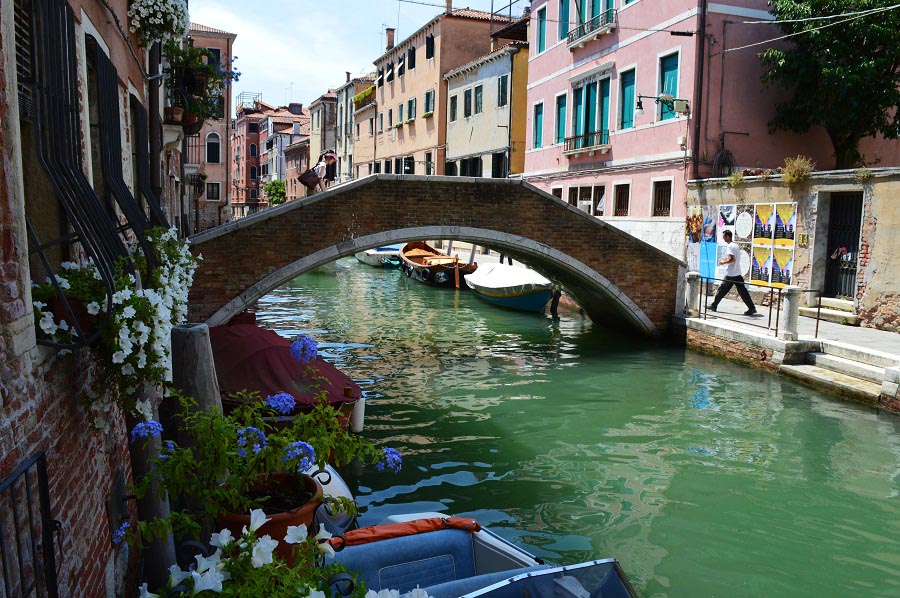
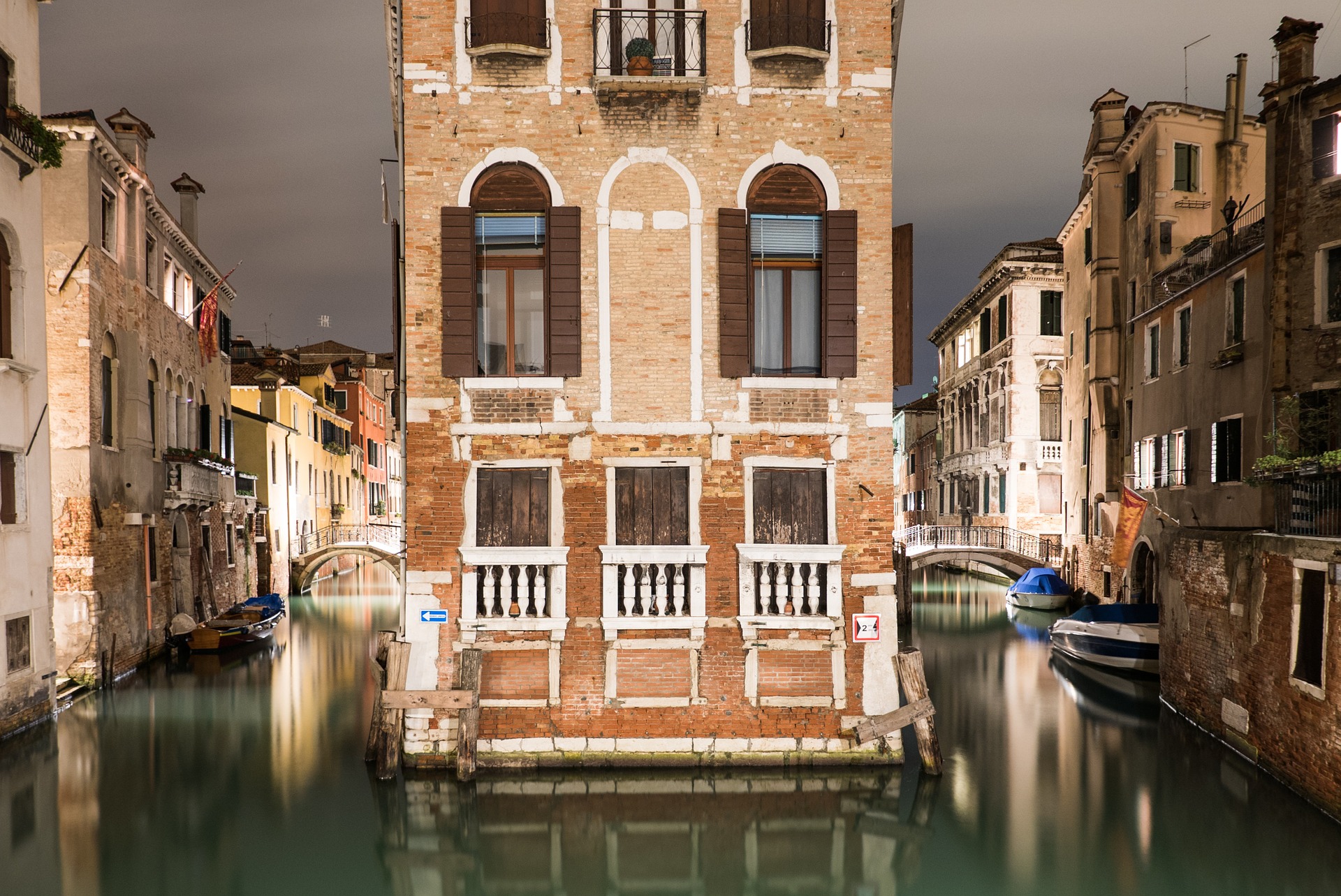
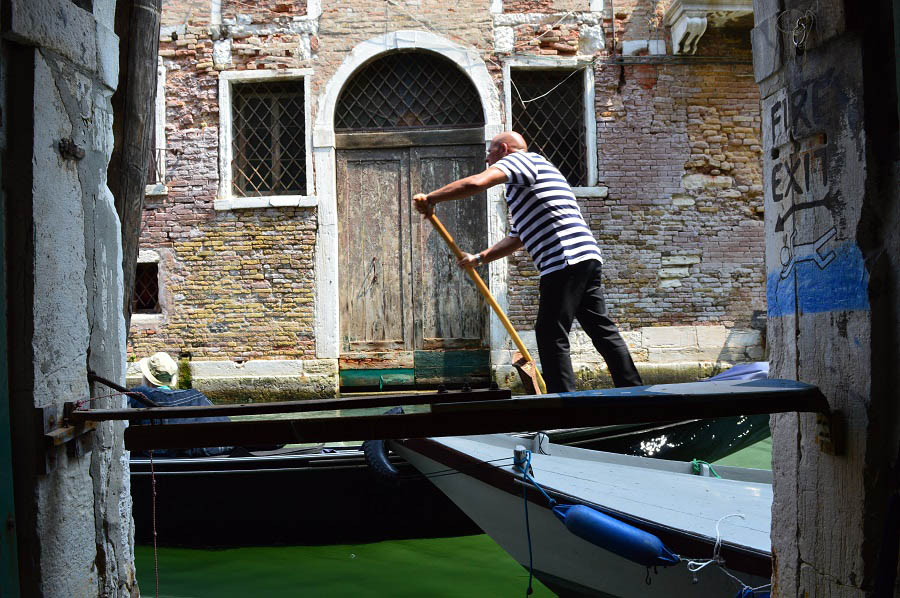
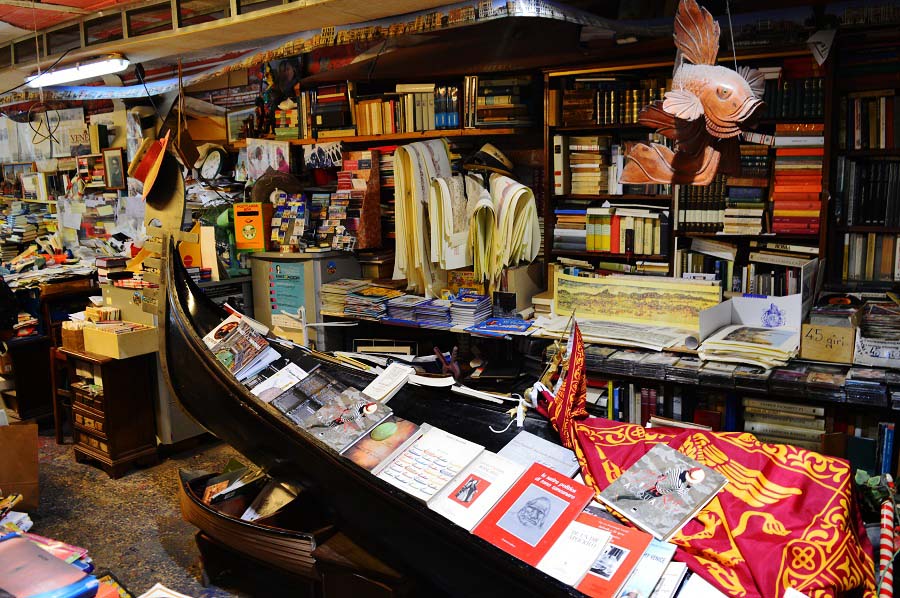
























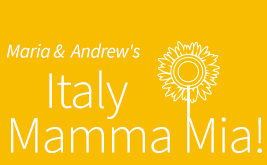
New! Comments
Have your say about what you just read! Leave me a comment in the box below.